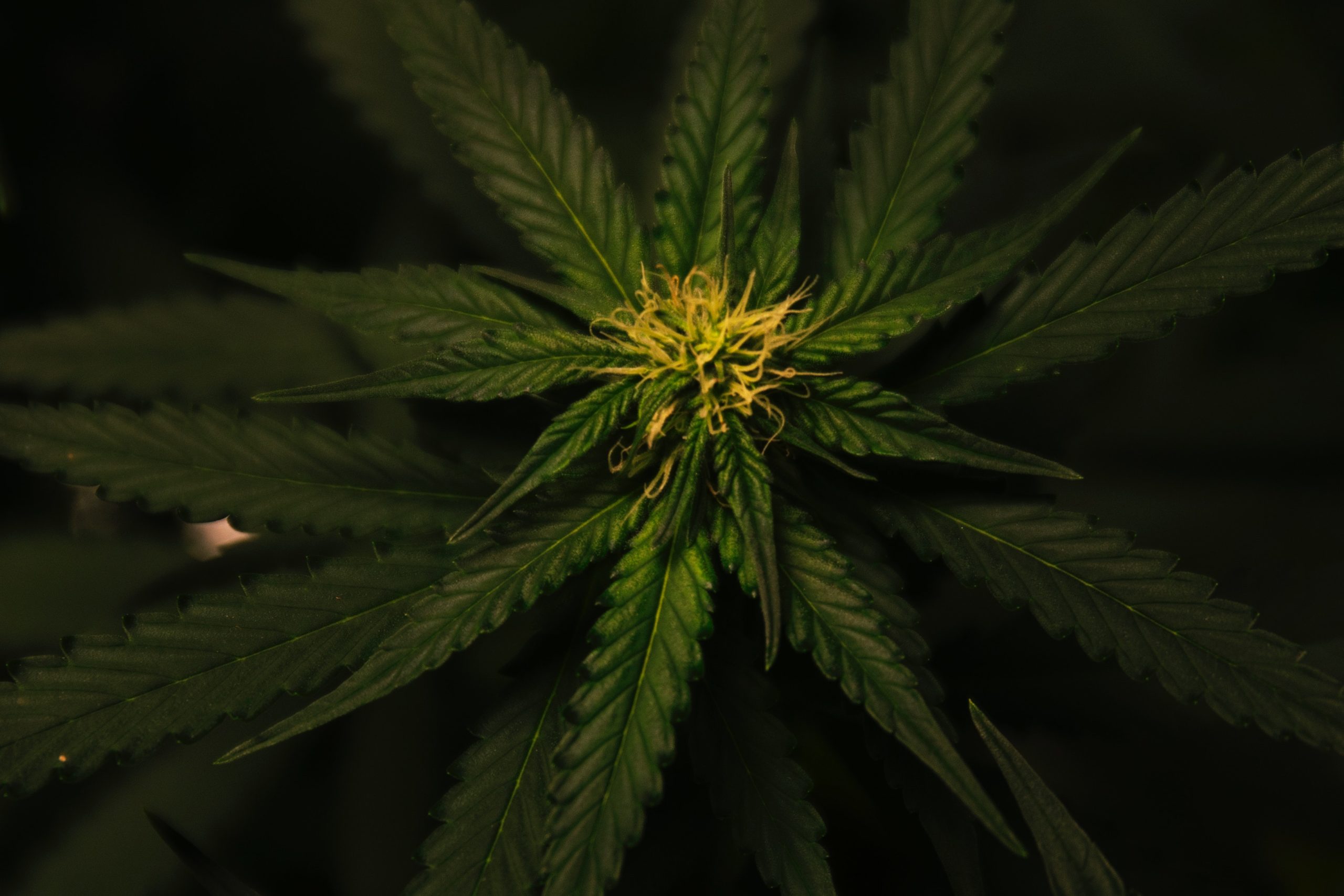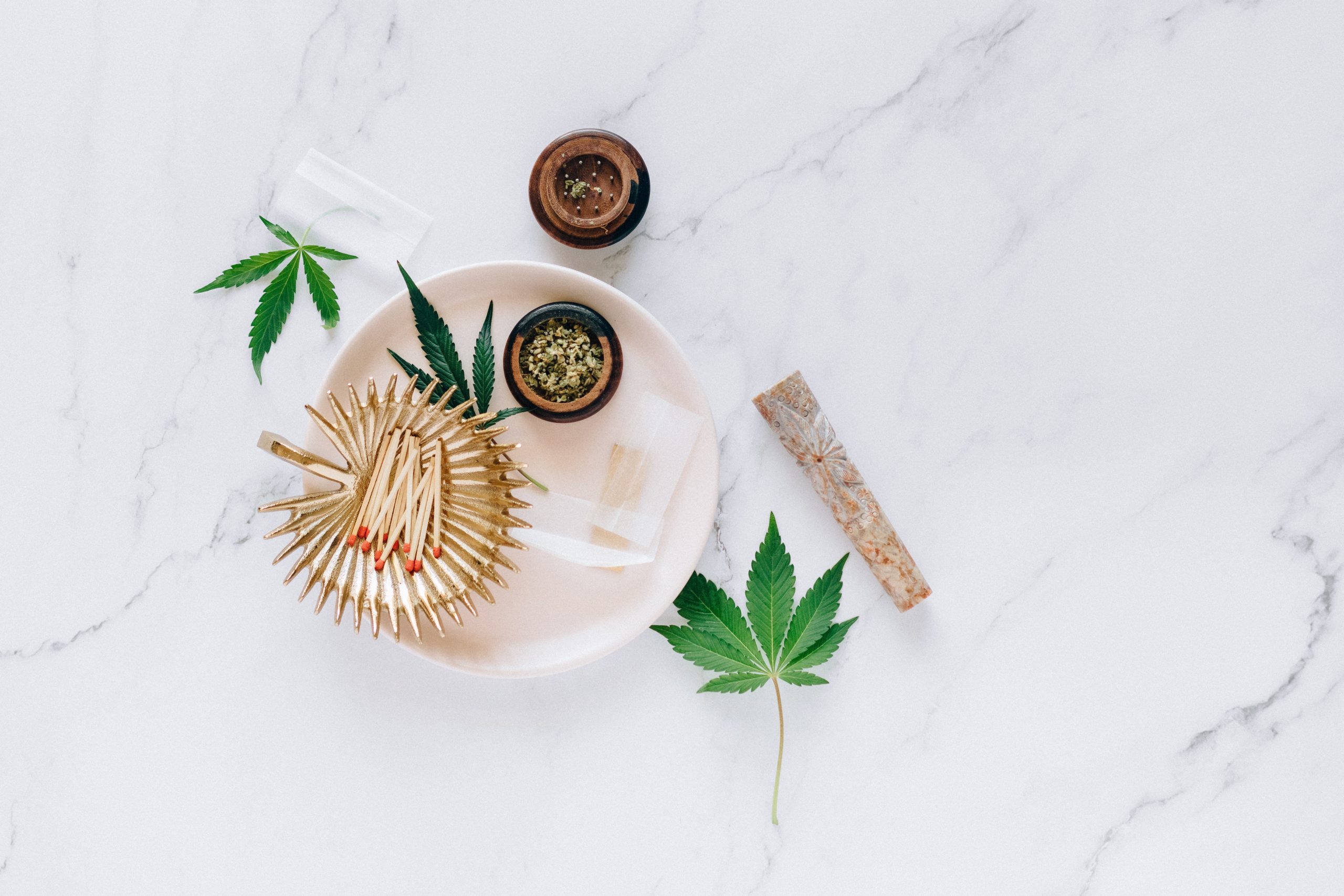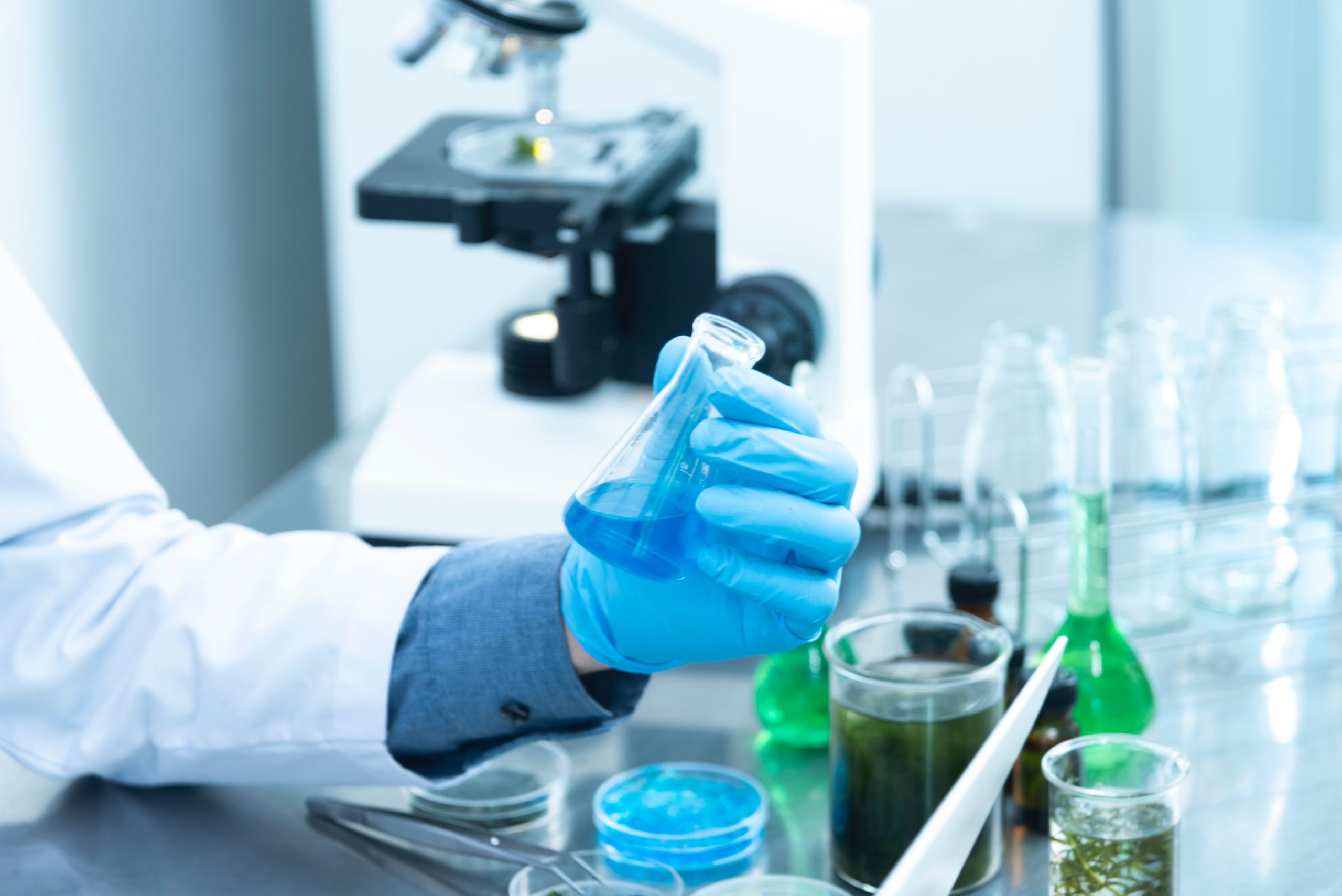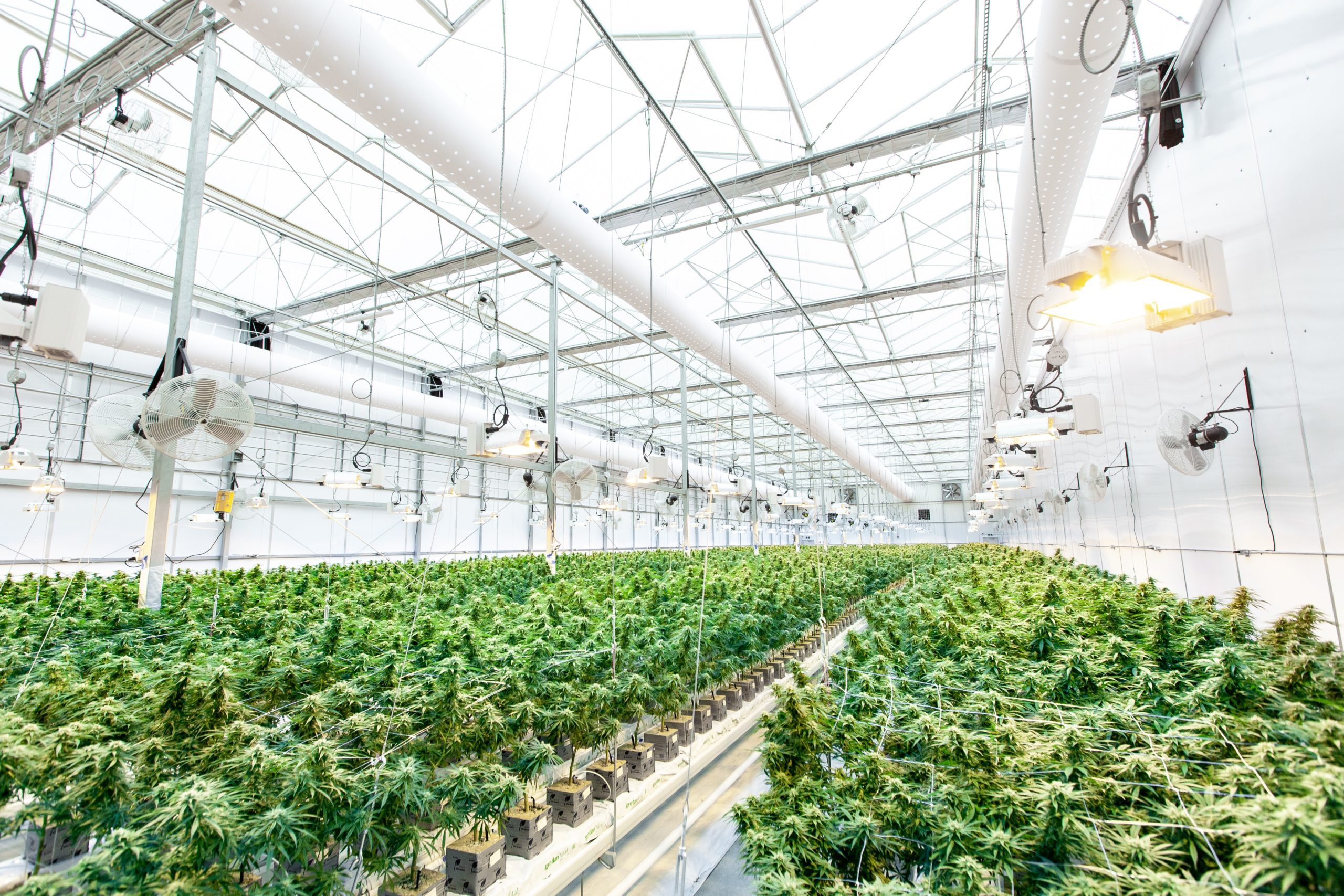
Cannabis cultivation is a captivating journey that blends artistry and scientific expertise. It is a process where cultivators meticulously select and nurture cannabis strains to produce the desired qualities, such as potency, flavor, and aroma. This article explores the intricacies of cannabis cultivation, unveiling the vast array of strains available in the market and shedding light on the craft behind their creation. It delves into both the art and science behind cannabis cultivation, highlighting the cultivation techniques used within the industry to achieve the desired outcomes.
The Art

The art of growing cannabis can be likened to the delicate process of crafting a masterpiece. Just as a skilled artist meticulously selects their canvas, brushes, and colors to bring their vision to life, cultivators carefully choose their strains, cultivation techniques, and growing conditions to cultivate cannabis plants that embody their desired effects and flavors.
The selection of strains is akin to an artist selecting their palette of colors. Cultivators consider the unique attributes and effects of each strain, much like an artist considers the different hues and tones of paint available to them. Indica strains may be likened to darker, cooler shades that evoke relaxation and tranquility, while sativa strains can be likened to brighter, vibrant tones that energize and uplift. Hybrids, like a nuanced blend of colors, offer a harmonious balance of effects, merging the best qualities of both indica and sativa strains.
Just as artists meticulously prepare their canvas and adjust their lighting to create the perfect ambiance, cultivators craft optimal growing conditions for their cannabis plants. They fine-tune factors like lighting, temperature, humidity, and nutrient balance to create an environment where the plants can thrive and express their unique characteristics. It’s similar to an artist setting up their easel, adjusting the lighting, and ensuring the right atmosphere to bring their artistic vision to life.
Cultivation techniques employed by cultivators can be compared to the artist’s brushstrokes. Through techniques like pruning, topping, and training, cultivators shape the growth and structure of the plants, much like an artist uses brushstrokes to shape the composition of their artwork. Pruning removes unnecessary foliage, just as an artist might remove extraneous details, allowing the focal points to shine. Topping and training techniques guide the plants’ growth, much like an artist’s deliberate brushstrokes create the desired form and flow in their artwork.
Furthermore, the cultivation process involves the skillful manipulation of cannabinoids and terpenes, which can be likened to an artist mixing pigments to achieve the perfect shades and hues. Cultivators select specific nutrient formulations, adjust light cycles, and time the harvest to optimize the composition and concentration of these compounds. It’s akin to an artist skillfully mixing paints, experimenting with different combinations, and layering colors to achieve the desired visual effects.
Ultimately, the art of growing cannabis is an intricate dance between scientific knowledge and artistic expression. Cultivators harness their expertise and understanding of the plant’s biology and chemistry to create the ideal conditions for growth, while also channeling their creativity and intuition to shape the final product. By blending science and artistry, cultivators create a symphony of flavors, effects, and visual appeal, much like an artist brings a masterpiece to life on their canvas.
The Science

One important aspect of cannabis cultivation is the manipulation of lighting conditions. Cultivators carefully control the light cycles during the different stages of plant growth. By adjusting the duration and intensity of light exposure, cultivators can influence various physiological processes, such as vegetative growth, flowering, and resin production. Additionally, the use of supplemental lighting, such as high-intensity discharge (HID) lamps or light-emitting diodes (LEDs), allows cultivators to create ideal light spectrums tailored to specific strain requirements.
Temperature and humidity control also play crucial roles in cannabis cultivation. Maintaining optimal temperature and humidity levels throughout the growth cycle is essential for healthy plant development and resin production. Temperature influences enzymatic activity, photosynthesis rates, and overall metabolic processes. Humidity, on the other hand, affects transpiration rates, nutrient uptake, and the susceptibility to pests and diseases. Cultivators utilize environmental control systems, including heating, ventilation, and air conditioning (HVAC), as well as dehumidifiers and humidifiers, to create stable and favorable conditions for the plants.
Nutrient management is another key aspect of cannabis cultivation. Cultivators carefully select and balance the nutrients provided to the plants. This is typically done through the use of nutrient solutions tailored to the specific needs of each growth stage. These solutions contain a precise blend of macronutrients (such as nitrogen, phosphorus, and potassium) and micronutrients (including iron, zinc, and magnesium) that are essential for healthy plant growth and resin production. By monitoring and adjusting nutrient levels, cultivators can optimize yield, flavor, and potency.
In addition to environmental factors and nutrient management, cultivators employ various plant training techniques to shape the structure of the cannabis plants and promote optimal growth. Techniques such as pruning, topping, and training involve selectively removing or bending branches to control the plant’s height, increase the number of bud sites, and improve light penetration. These techniques help maximize yield, enhance resin production, and create more uniform and manageable canopy structures.
Harvest timing is a critical consideration in cannabis cultivation. Cultivators monitor the trichome development on the flowers, as these tiny resin glands house cannabinoids and terpenes. The desired effect and flavor profile of the strain often dictate the optimal harvest window. Cultivators meticulously time the harvest to ensure the highest concentration of desired cannabinoids and terpenes, resulting in strains with distinct and desirable qualities.
Overall, cannabis cultivation techniques require a combination of scientific knowledge, technical expertise, and hands-on experience. Cultivators continuously refine their methods and experiment with new approaches to push the boundaries of strain development and enhance the diversity of cannabis products available in the market. By employing these meticulous cultivation techniques, cultivators play a vital role in shaping the characteristics and experiences that consumers seek when exploring the world of cannabis strains. The art and science of cannabis cultivation work hand in hand, showcasing the craftsmanship behind the process and offering consumers a rich variety of strains to discover and enjoy.
EXPLORE MORE NEWS
Newsletter




